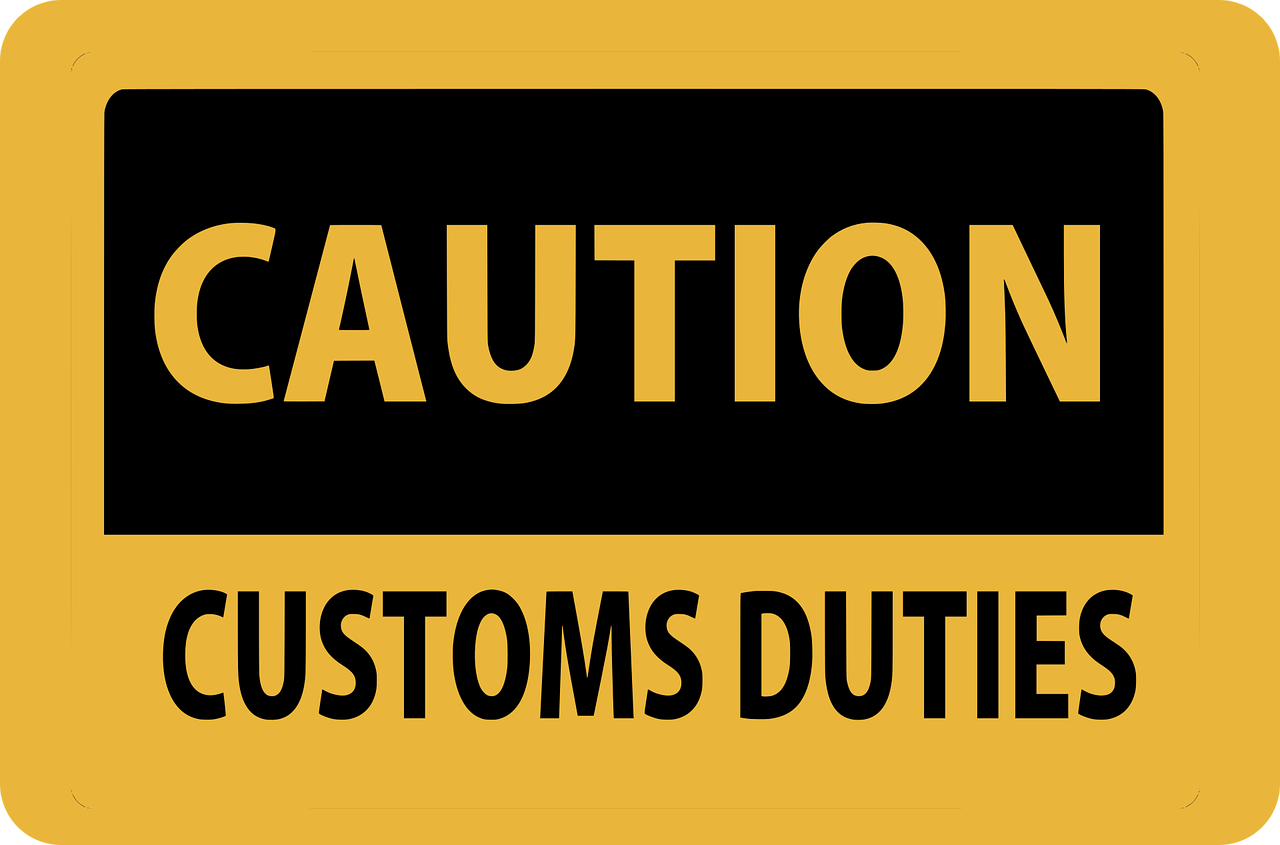The Trump administration’s tariff policies have cast a significant shadow over Canada’s economy, prompting a ripple of effects across various sectors. For Canadians, especially those keenly monitoring the auto and energy industries, the impact is particularly palpable.
The tariffs, which have hit Canadian exports with a 25% levy, have not only triggered economic contention but have also led to a series of retaliatory actions. Canada’s response includes its own set of tariffs on U.S. imports, potentially altering the trade dynamics between the two North American nations.
A Strain on the Auto Industry
The Canadian auto industry, already sensitive to policy shifts due to its deeply intertwined supply chains with the U.S., finds itself in a precarious position. Vehicles and parts cross the border multiple times during the manufacturing process. The imposition of tariffs disrupts this fluid movement, adding costs and complexities. Increased tariffs could potentially lead to job losses, higher vehicle prices, and a strained market as manufacturers grapple with rising expenses.
Industry experts voice concerns about long-term ramifications. The integration of the North American supply chain means that such tariffs could “blow a hole” in the U.S. industry as well, with cross-border industries inseparably linked for decades. Should these tariffs persist, the cost for consumers would likely skyrocket, with vehicle prices seeing an upswing of thousands of dollars.
Fuel and Energy Concerns
On the energy front, the impact of tariffs is equally concerning. Canadian energy exports face a lower 10% tariff, a gesture that acknowledges the pivotal role Canadian products play in the U.S. energy landscape. However, the mere presence of tariffs makes Canadian energy less competitive, potentially leading to higher prices at the pumps for consumers and pushing refineries to seek alternative, albeit costlier, sources.
Given that the Midwest and Mountain West in the U.S. source a significant portion of their energy imports from Canada, any escalation could lead to local economic adjustments. The energy industry, thus, remains on tenterhooks as it navigates these turbulent trade waters.
Broader Implications and Response
Economically, the tariffs have wider implications. Not only do they affect GDP and inflation rates, but they also necessitate proactive responses from both Canadian and U.S. policymakers. Retaliatory tariffs from Canada aim to level the playing field but risk escalating the trade confrontation further.
Perhaps the most pressing concern is the long-term health of the Canadian economy. Experts underscore the need for Canada to diversify its trade partnerships, reducing reliance on the U.S. and fortifying its economic resilience against such external shocks.
While the Trump tariffs present real challenges, they also offer a timely reckoning — an opportunity for Canada to reassess and reinforce its economic strategies on a global scale. As the situation develops, both nations will need to balance their policies carefully to ensure mutual economic stability and growth.




